The eight Fish Free Feed contestants gather in Silicon Valley to report progress, collaborate and woo investors
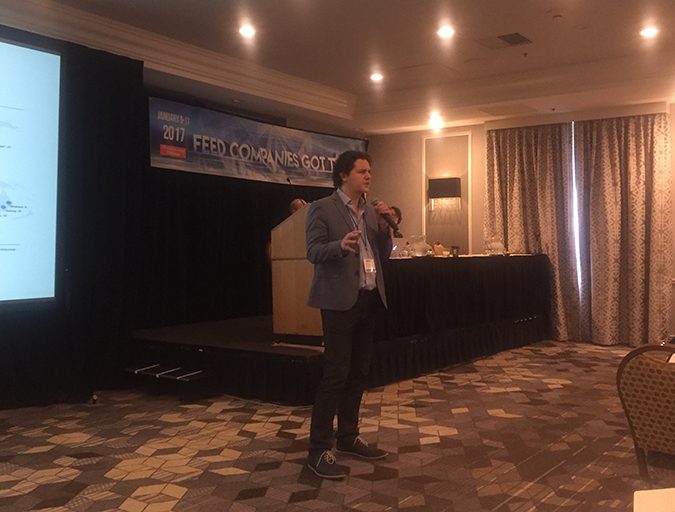
Silicon Valley – a rich tract of land in the southern San Francisco Bay area of California – was a fitting host to last week’s gathering of innovators and start-up companies looking to get on the map.
The entrepreneurs there, however, weren’t garage-dwelling web developers from the tech sector showcasing the hippest new smartphone apps. They were aquafeed manufacturers and alternative fish feed ingredient suppliers from all over the world. At F3 (Fish Free Feed) the folks pitching black soldier fly larvae and microalgae took center stage, heeding the call to help reduce aquaculture’s dependence on wild fish resources for feed.
This hub of innovation, where new products are launched at breakneck speed and where fast-moving networks are established daily, served as inspiration to the eight F3 contestants striving to be the first team to produce 100,000 metric tons of aquafeed with zero fishmeal and fish oil.
“This place is more in tune with innovation than any other place on the planet today,” said event organizer and University of Arizona professor Kevin Fitzsimmons. The event was billed as “Feed Companies Got Talent,” a riff on the popular TV show.
In a hotel conference room in San Mateo, seafood industry investors and sustainability experts listened to a range of presentations on the latest and greatest solutions to aquaculture’s greatest cost input – feed – and grilled speakers about the particulars of their enterprises.
Bill Foss, who was a co-founder of Internet browser Netscape and who is now co-owner of Bay area seafood restaurant Fish. and distributor TwoXSea, has a heritage of innovation and technology. Foss, whose father worked for defense contractor Lockheed Martin, said the “mentality” of Silicon Valley could catapult aquaculture into a sustainable new era.
Foss’ team – which includes aquafeed manufacturer Star Milling Co. and ingredient suppliers Alltech and TerraVia – submitted a rainbow trout diet that was developed in collaboration with aquafeed expert and former U.S. Department of Agriculture fish nutritionist Rick Barrows. It contains, among other ingredients, non-GMO plant-based proteins, algal DHA and natural algal astaxanthin.
“We are at an amazing point in human evolution and technology,” said Foss. “Everything we understand about the human body tells us it’s the most complex machine we can imagine and we still don’t know how it works.”
A deficiency of omega-3 fatty acids in human diets has led to numerous afflictions, he said, including arthritis, cancer, diabetes, hyperactivity and learning disorders, among others.
Encouraging crossover connections between these normally separated segments may well catalyze the reactions long awaited in this area to realize large scale innovation in alternative feed ingredients for aquaculture.
The rainbow trout – produced by McFarland Springs Trout Farm in Susanville, Calif. – is being sold at roughly 60 San Francisco area restaurants and is lauded for its silky texture and high omega-3 fatty acid content. On one evening, all contestants and conference participants gathered at Fish. in nearby Sausalito for a sampling.
Despite the fact that “food is the new medicine,” said Foss, there are economic forces working against the widespread adoption of healthy foods like farmed trout. A six-ounce portion at Buy Rite costs less than a large latte at Starbucks, yet it’s considered expensive.
“We have to spend more on food and less on patio furniture,” he said. “[We must] immediately develop land- and plant-based aquaculture alternatives with extreme urgency. We are dragging our feet on this – it’s painful. It’s domestic security. If we can’t feed our people we’ve got a problem.”
Other contestants were similarly hopeful of big change in their home countries. May Myat Noe Lwin, technical manager at the U.S. Soybean Export Council, represented Htoo Thit Co. and the Myanmar Aquaculture Program. Myanmar is a country in transition, she said, that has a hard time sourcing fishmeal. So working with alternative ingredients is more of a necessity.
“In Myanmar, aquaculture is late compared to other countries,” she said, adding that it can be difficult to convince farmers there to accept replacement ingredients, although they don’t have a lot of choice. “I hope to see that F3 will be recognized as more sustainable and that seafood farmed that way will get extra consideration.”
Several investors interested in the aquaculture space took close notes during the presentations, including David Tze, CEO of Aquacopia Management LLC in New York. Tze, who plans to launch a search fund targeting alternative ingredients for aquaculture, said the three-day Silicon Valley experience was a “remarkable, unique and thoughtful assembly.”
“I believe it will prove very powerful that such a variety of participants was collected together: feed ingredient pioneers, feed mills, giant aquaculture producers, domestic interests, overseas players, synthetic biology proponents, Silicon Valley types, impact investors and venture capitalists,” he said. “Encouraging crossover connections between these normally separated segments may well catalyze the reactions long awaited in this area to realize large scale innovation in alternative feed ingredients for aquaculture.”
Tze said his belief in the investment prospects for this subsector has grown since his initial investment in 2005. As suppliers and manufacturers scale up their operations, “it only serves to strengthen this belief,” he said.
One of the exciting presentations came from Agriprotein, a company based in South Africa that is a leader in what it calls “nutrient recycling.” Using fly larvae fed on abundant food waste and byproducts, Agriprotein dries and processes the larvae into a nutritious feed ingredient. Jon Duschinsky, CEO of Agriprotein-US, was clear about the company’s mission: “We know that we’ve got an impending crisis. It’s here it’s real and we’re already in panic station mode.”
With about 600 million tons of food waste going to landfills every year, the company hopes to recycle some of those wasted nutrients back into the food chain via aquaculture.
“It’s not rocket science; it’s nature,” he said. “Nature has been doing this for millions of years. The trick is in commercializing it.” The European Union recently allowed the use of insects in aquafeed, and the company plans to operate five factories in the United States, South Africa and Vietnam.
Fish that are fed Agriprotein’s “evolutionary diet” product, MagMeal, would benefit from antimicrobial peptides and beneficial fats that assist the immune system. Robert Walberg, the company’s director, said the product has a similar amino acid profile to fishmeal, adding that that lysine and methionine do not have to be supplemented.
“This insect here, I just know, will be as important as the honey bee in the coming decades,” said Walberg. “So much potential to help us.”
Gorjan Nikolik, senior seafood analyst at Rabobank, told the gathering in San Mateo what everyone in the room already knew: To double global aquaculture production, as many believe is what must be done to feed some 9 billion people on the planet 30 years from now, alternative feed ingredients must be found and their production must be brought up to scale.
“Trash fish is definitely not sustainable – that’s an industry that needs to be replaced. And fishmeal is not bad, if it is well managed,” he said. “But it’s only a small percentage of what we need.”
According to Nikolik’s data, only 9.5 percent of aquafeed is fishmeal and fish oil. There’s plenty of room for further innovation in the sector, he said.
With responsible aquaculture, we can “eat better, live longer and feel better, while creating jobs and reduce carbon dioxide emissions,” said Foss. “You can’t get a happier solution than that.”
Now that you've reached the end of the article ...
… please consider supporting GSA’s mission to advance responsible seafood practices through education, advocacy and third-party assurances. The Advocate aims to document the evolution of responsible seafood practices and share the expansive knowledge of our vast network of contributors.
By becoming a Global Seafood Alliance member, you’re ensuring that all of the pre-competitive work we do through member benefits, resources and events can continue. Individual membership costs just $50 a year.
Not a GSA member? Join us.
Author
-
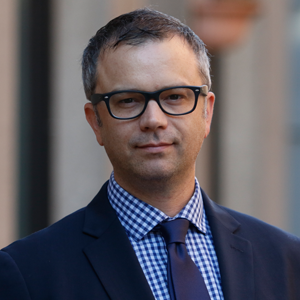
James Wright
Editorial Manager
Global Aquaculture Alliance
Portsmouth, NH, USA
[103,114,111,46,101,99,110,97,105,108,108,97,97,103,64,116,104,103,105,114,119,46,115,101,109,97,106]
Tagged With
Related Posts
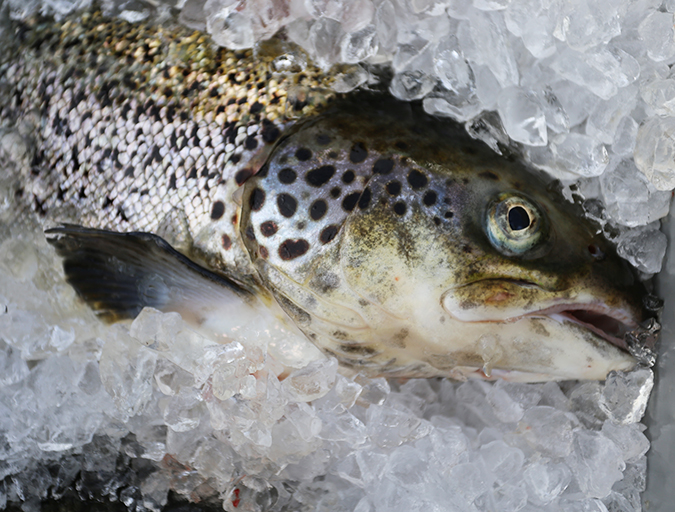
Aquafeeds
Fishmeal-free Atlantic salmon feed formulation shows promise
A recent study evaluated the effects of a fishmeal-free diet on Atlantic salmon performance and fillet quality during successful growout to market-size in a commercial-scale, land-based, closed-containment system using water recirculation technology. Test fish performed well, with 97 percent survival during the 10-month growout period.
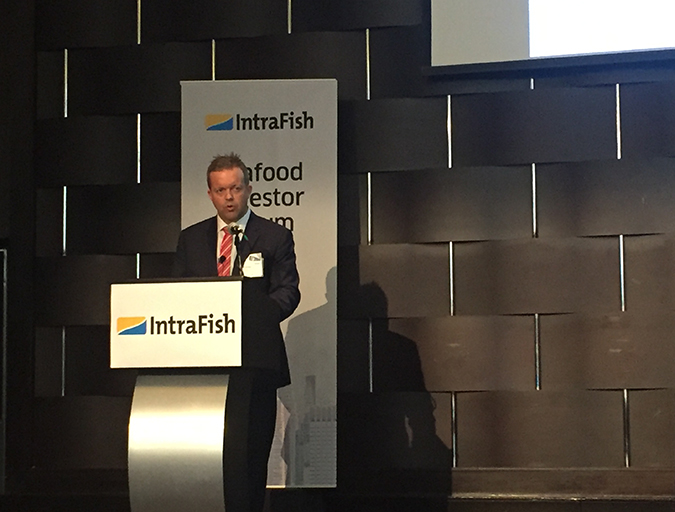
Innovation & Investment
Investors see (mostly) upsides in aquaculture’s outlook
Aquaculture is attractive to investors, but they remain wary of diseases that could stunt projections of massive growth. At the IntraFish Seafood Investors Forum in New York, discussion about the salmon industry and its challenges — antibiotics, genetically modified fish, Chile’s woes, sea lice — revealed both criticism and optimism.
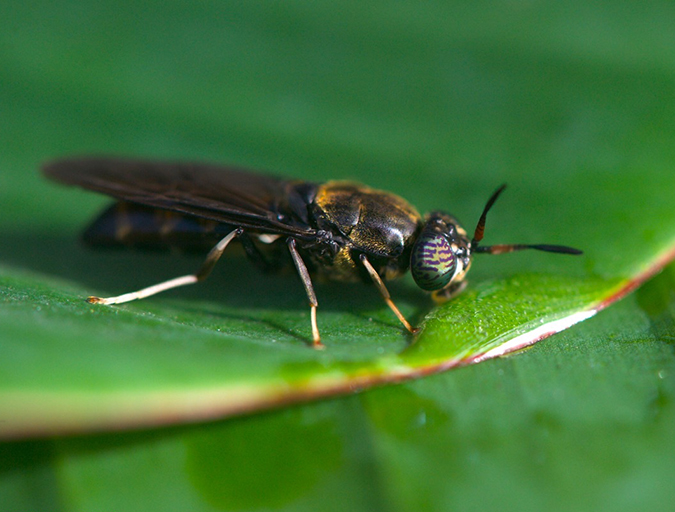
Aquafeeds
Buggin’ out: Tapping the potential of insect meal in aquaculture
Black soldier flies are gaining interest as a leading alternative ingredient in aquafeeds. But will the “ick” factor be a turn-off? Advocate contributor Clare Leschin-Hoar investigates.
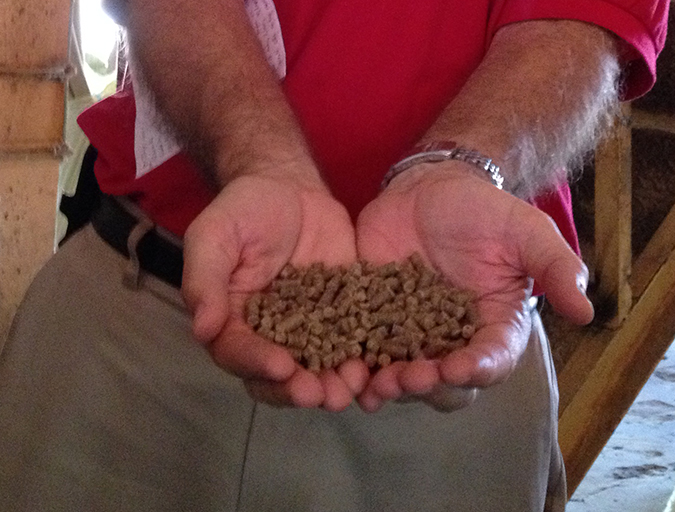
Aquafeeds
F3 blows past funding goals as fishmeal alternatives proliferate
A competition designed to drive innovation in aquafeeds has doubled its original funding goal and has attracted some of the biggest names in fish feed. F3 has also served as a catalyst for collaboration among feed manufacturers and ingredient suppliers.

